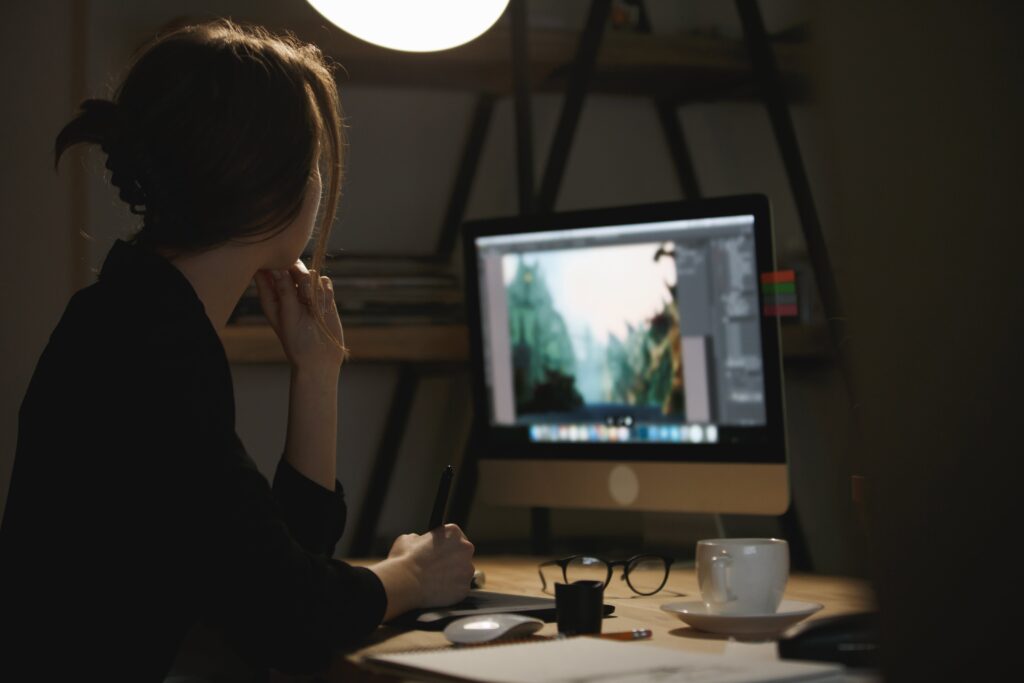Cinematic animation camera techniques play a crucial role in bringing animated stories to life on the screen. Whether you are a seasoned animator looking to enhance your skills or a newcomer interested in diving into the world of animation, mastering these techniques can set you apart in the competitive industry.
In this comprehensive guide, we will explore the top 10 jobs that require proficiency in cinematic animation camera techniques and provide valuable insights into how you can excel in this dynamic field.
1. 3D Animator
As a 3D animator, you will be responsible for creating three-dimensional models, characters, and environments that appear lifelike and dynamic on screen. Understanding cinematic animation camera techniques is essential for framing shots, establishing camera movements, and enhancing the overall visual appeal of your animations.
2. Storyboard Artist
Storyboard artists are tasked with creating visual representations of the script or narrative. Knowledge of cinematic animation camera techniques allows storyboard artists to plan out shot compositions, camera angles, and movement to effectively convey the story’s emotions and pacing.
3. Visual Effects Artist
Visual effects artists utilize various tools and software to enhance scenes with digital elements, such as explosions, weather effects, or fantastical creatures. Proficiency in cinematic animation camera techniques enables VFX artists to seamlessly integrate these elements into live-action footage or animated sequences.
4. Character Designer
Character designers are responsible for creating unique and memorable characters that resonate with audiences. Understanding camera techniques in animation is crucial for showcasing the personality and emotions of characters through their movements, expressions, and interactions with the environment.
5. Lighting Artist
Lighting artists focus on setting the mood and atmosphere of a scene through the strategic placement of lights and shadows. Mastery of cinematic animation camera techniques allows lighting artists to accentuate key elements, create depth, and evoke specific emotions within a scene.
6. Texture Artist
Texture artists are skilled in applying textures and materials to 3D models to enhance their realism and visual appeal. Knowledge of camera techniques in animation helps texture artists understand how textures behave under different lighting conditions and camera angles, ensuring a cohesive and immersive visual experience.
7. Rigging Artist
Rigging artists are responsible for creating the skeletal framework that allows characters and objects to move realistically in animation. Familiarity with cinematic animation camera techniques is essential for rigging artists to ensure that characters move fluidly, interact with their environment, and are properly framed within the shot.
8. Motion Graphics Designer
Motion graphics designers create animated graphics and visual effects for various multimedia projects, such as title sequences, commercials, or informational videos. Understanding cinematic animation camera techniques empowers motion graphics designers to craft dynamic and engaging visuals that captivate audiences and convey information effectively.
9. Compositing Artist
Compositing artists combine multiple visual elements, such as live-action footage, 3D renders, and special effects, to create seamless and visually stunning compositions. Proficiency in cinematic animation camera techniques allows compositing artists to integrate disparate elements cohesively, ensuring a polished and professional final product.
10. Art Director
Art directors oversee the visual style and artistic direction of a project, ensuring that all visual elements align with the overall creative vision. Mastery of cinematic animation camera techniques enables art directors to provide valuable guidance on shot composition, camera movements, and visual storytelling to elevate the quality and impact of the final product.
Conclusion
By knowing the different cinematic animation camera techniques, you can open up a world of opportunities in the animation industry and position yourself as a skilled and versatile professional. Whether you aspire to work on blockbuster films, animated series, video games, or immersive experiences, a solid foundation in camera techniques will set you on the path to success.
Key Takeaways:
- Cinematic animation camera techniques are essential for bringing animated stories to life and standing out in the competitive industry.
- Proficiency in camera techniques is crucial for various roles such as 3D animators, storyboard artists, visual effects artists, and more.
- Understanding shot composition, camera movements, and visual storytelling can enhance the overall quality and impact of your animations.
- Continuous learning and practice are key to mastering these techniques and advancing your career in the animation industry.
For those looking to deepen their knowledge and skills in cinematic animation camera techniques, consider enrolling in the NYU Animation Industry Essentials online course and certificate program offered by Yellowbrick.
This comprehensive program can provide you with the practical tools and insights needed to excel in the dynamic world of animation. Start your journey toward mastering cinematic animation camera techniques today!








